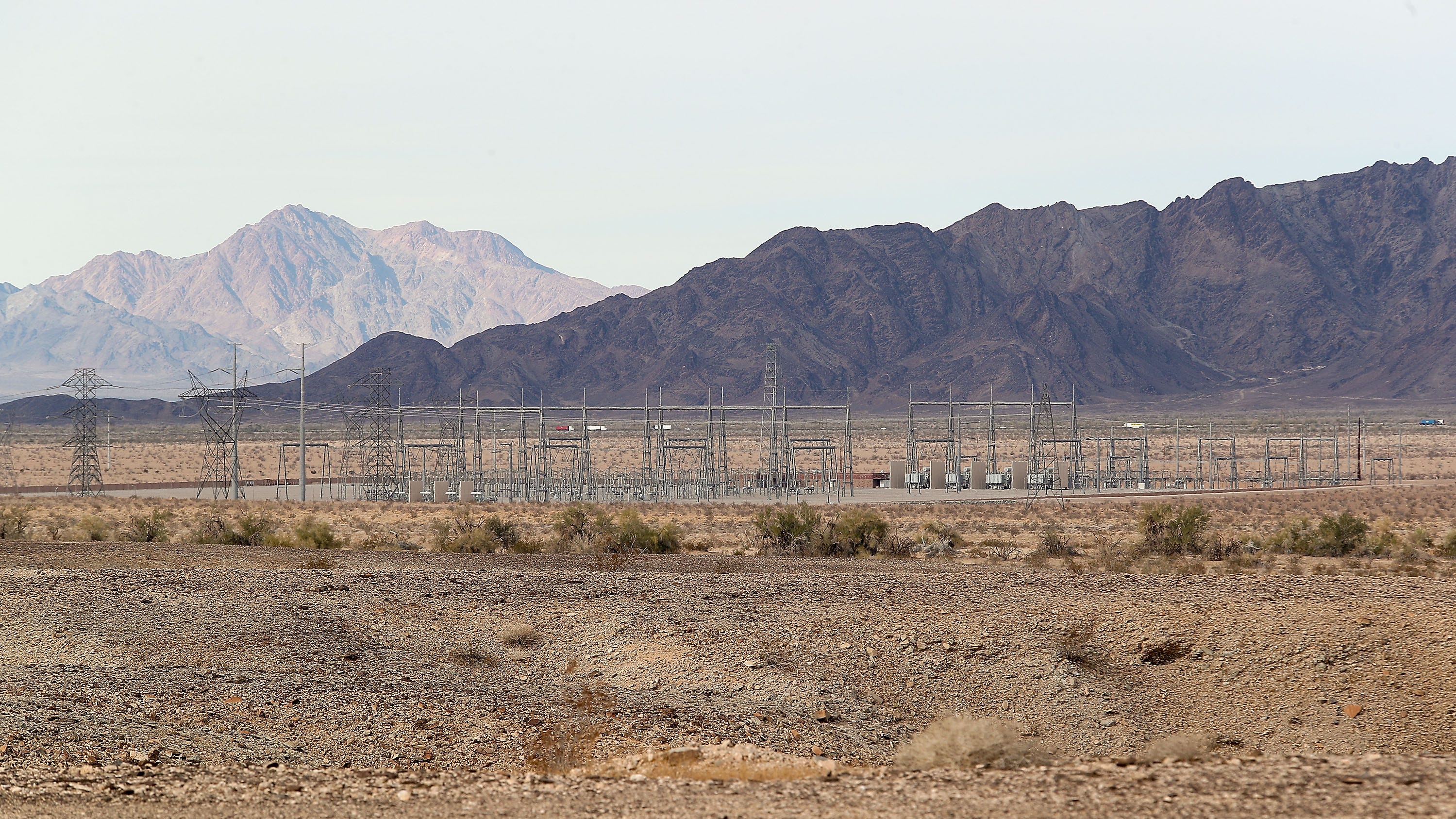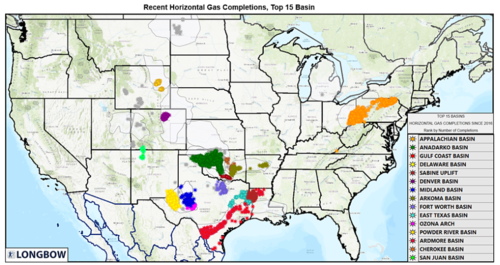R
rwc101
Guest
I know its early in the year, but I'm nominating this for hunt talks 2020 post of the year. That was FUNNY!
I'll take post of the week and be grateful.
Follow along with the video below to see how to install our site as a web app on your home screen.
Note: This feature may not be available in some browsers.
I know its early in the year, but I'm nominating this for hunt talks 2020 post of the year. That was FUNNY!

California doing it's part to save the glaciers.

BLM approves large-scale solar project in eastern Riverside County over local opposition
The project would generate up to 450 megawatts of electricity, enough power for roughly 117,000 homes.www.desertsun.com
I knew you hated glaciers wllm.Nearly 30,000 acres of photovoltaic solar farms are planned for the region in the coming years, and the 4,000 megawatts they could produce will have to be weighed against additional ecosystem loss.
Just in case you were wondering you could produce the same energy from 2 gas well pads with 8 acres of surface impact.
Carbon neutral future?
this is bait for wind right?Nearly 30,000 acres of photovoltaic solar farms are planned for the region in the coming years, and the 4,000 megawatts they could produce will have to be weighed against additional ecosystem loss.
Just in case you were wondering you could produce the same energy from 2 gas well pads with 8 acres of surface impact.
Carbon neutral future?
this is bait for wind right?
I knew you hated glaciers wllm.
You know me I just hate everything, but equally.
Linear thinking. I love it!Just a stick in the mud about public lands an wildlife. Solar in these type situations is far far worse than just about anything else. I mean hell the Berkeley pit is only like what 500 acres.... 30,000 is like all the public land in the bridgers south of brackett creek.
Well... there's a chick pox epidemic going around... guess we need to shoot the kids
]Just in case you were wondering you could produce the same energy from 2 gas well pads with 8 acres of surface impact.
Not disputing a valid point but to play a little devils advocate
Carbon neutral future?
Not disputing a valid point but to play a little devils advocate.
How many miles of road is estimated in the 8 acres of impact also what size corridor do we factor in for road impact? The impact to wildlife is always wider than the shoulder's of the road. For example I find that the impact of a road on mule deer is from ridge top to ridge top. Ymmv.
I know this isn't always the case but I have never seen a solar farm where there is a large impact to wildlife. We can be very careful about local. Even with a directional well we have to put them where the O/G is. No?
Everyone thinks there is a way to have your cake and eat it too. Wind power, electric trucks, vegan diet. Whatever. We can't have 8 billion people living on this planet and soon to be even more and expect that to be "sustainable" in any sense of the word. All of these solutions will only delay the inevitable.
For how long?Just in case you were wondering you could produce the same energy from 2 gas well pads with 8 acres of surface impact.
Call it what you want, but it is just overpopulation. Its just hard to put a positive spin on forced sterilization.
For how long?



Good info as always.What I don't know is the decline rate of solar panels in terms of efficiency and whether you need to expand or replace, I would assume expand is cheaper than replacement.
I would love to see the dept of interior require a full comparative energy study, which goes into all this detail, and then recommends various types for different areas.
Good info as always.
I would disagree with this last bit. I think with solar, it would be much easier to simply replace panels as newer for efficient ones become available. Theoretically they are located in the best places. Infrastructure, including transmission mains and sub stations can again be upgraded or maintained over time.
While I agree with the idea that as of right now O&G has a smaller footprint, it's still a finite resource and thus will diminish over time. The sun isn't going to burn out anytime soon.
Do we scrap substations when they break or become obsolete with improved tech? Or dams? No we fix what is broken and improve. Same thing with our drinking water system, you have an O&M plan that allows for improvements, a few every year so that you are constantly staying on top of maintenance. Yes, both wind and water turbines are scrapped, but they don't tear down the entire structure and move over 10 miles and do it again.Yeah I honestly don't know... I'm just going off of how disposable our society has become. If at year 4 the entire field is 25% less efficient what happens, how do they identify which of the 30,000 acres of panels are sucking the most. Given how tight those rows may look way tighter than the width of a truck, how hard is it to replace one panel in the middle? I know that they don't fix wind turbine blades typically and just junk the whole thing...
but they don't tear down the entire structure and move over 10 miles and do it again.